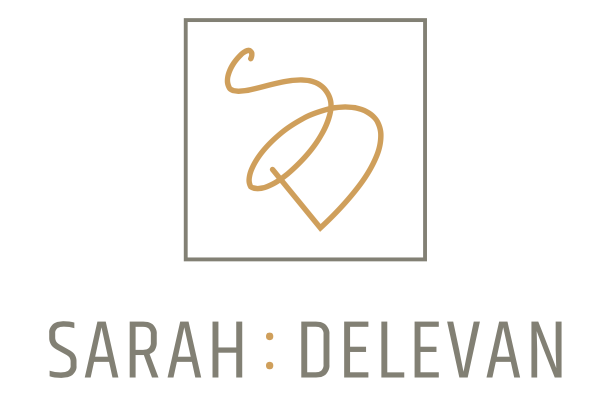By now you know that the first step in building your most profitable food business is getting a solid financial foundation in place.
Still Working to Build a Solid Financial Foundation?
Or maybe you’re not quite sure what building a financial foundation entails?
Click here to download the free Profitability Roadmap.
It’ll help ensure you have each important pillar in place and are ready to move on to maximizing your profitability.
Got your financial foundation in place?
Great! The next step is to carve out 1 hour per month (yep, that’s it!) to work through the 4 steps for maximizing your profitability.
4 Steps for Maximizing Your Profitability:
1. Get Timely + Accurate Monthly Financials
Your Bookkeeper should provide you with completed financial reports by the 7th of each month, for the month prior. This allows you to see how your business is performing and make timely business decisions.
If you’re doing your bookkeeping yourself, it is imperative that you hold yourself accountable to sitting down at the end of each month to input your financial data and then review your essential financial reports.
2. Create a Profit Plan
Much like a budget, a Profit Plan lays out your business financials for the next 12 months and helps you stay focused on achieving your Financial Success Formula - the revenue goals and cost targets that will help you achieve maximum profitability. You can get detailed in your plan, or just start with the 4 key food business metrics.
3. Track Your Actual Outcomes vs. Profit Plan
Each month, when your financial reports are available, update your profit plan so you can see how your actual revenue, costs and profitability compare to the goals you set.
4. Identify + Implementing Key Strategies
The information in Step 3 can offer amazing insight into how your business is performing and where to focus your attention in order to achieve your business and financial goals.
For example...
Are your costs on target, but sales lower than projected and affecting profit dollars? You know to focus on growing sales.
Hitting your sales goals, but your labor costs are too high? Focus your attention on ensuring your labor is allocated correctly and that there are no bottlenecks or backlogs in your workflows that are driving up costs.
Food Cost % higher than you hoped? Tracking your food costs, or implementing a budget for your purchasing team may help you reach your goals.
Remember, you don’t need to be a financial wiz to build a profitable food business. And I’m here to support you in your work!
The Financial Success Formula Program offers our custom Profit Planning template and hands-on workshops, plus daily support and monthly coaching calls to help you hone your CFO skills.
About the Author: Sarah Delevan is a Food Business Financial Consultant + Freelance CFO with over 7 years of working in the food industry. She received her MBA from Rollins College and In 2017 she founded Sarah Delevan Consulting based in Los Angeles, CA and serving clients across the United States. She is the creator of the Financial Success Formula and the founder of the Profitable Food Business program. To learn more about Sarah and opportunities to grow a more profitable food business Click Here.




















